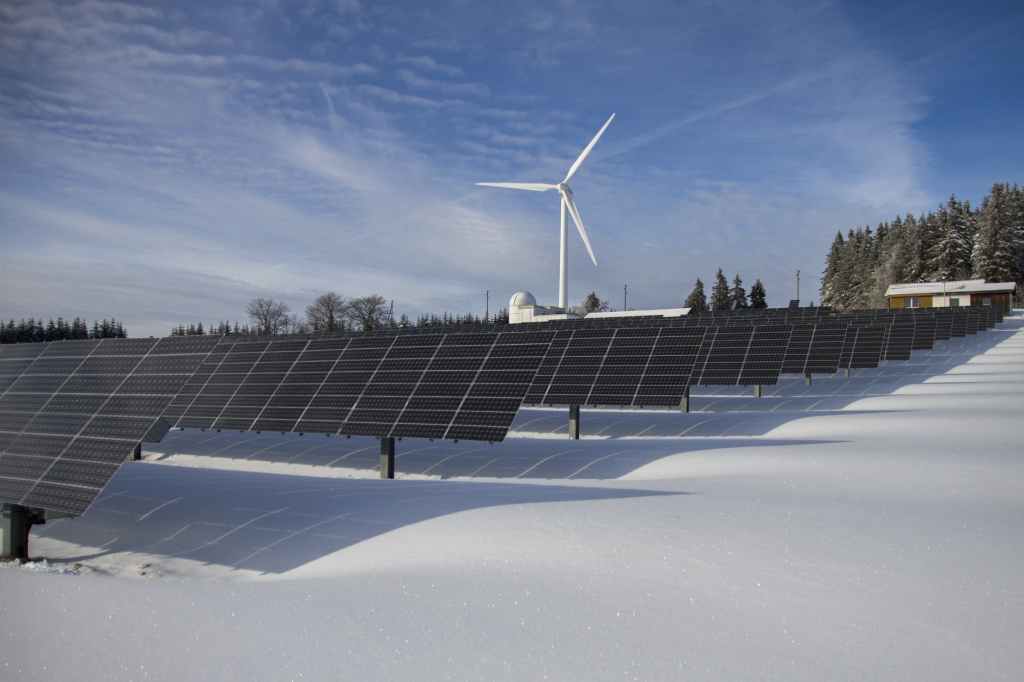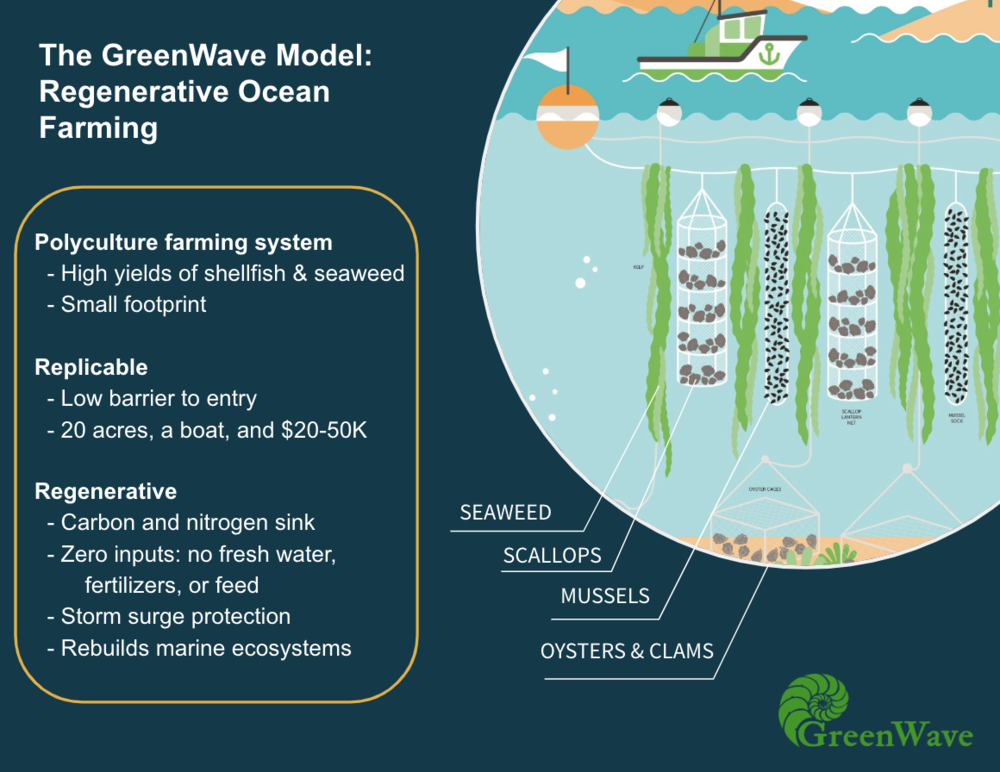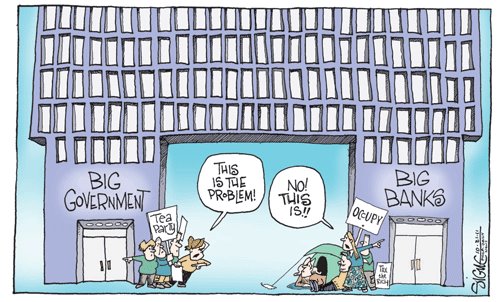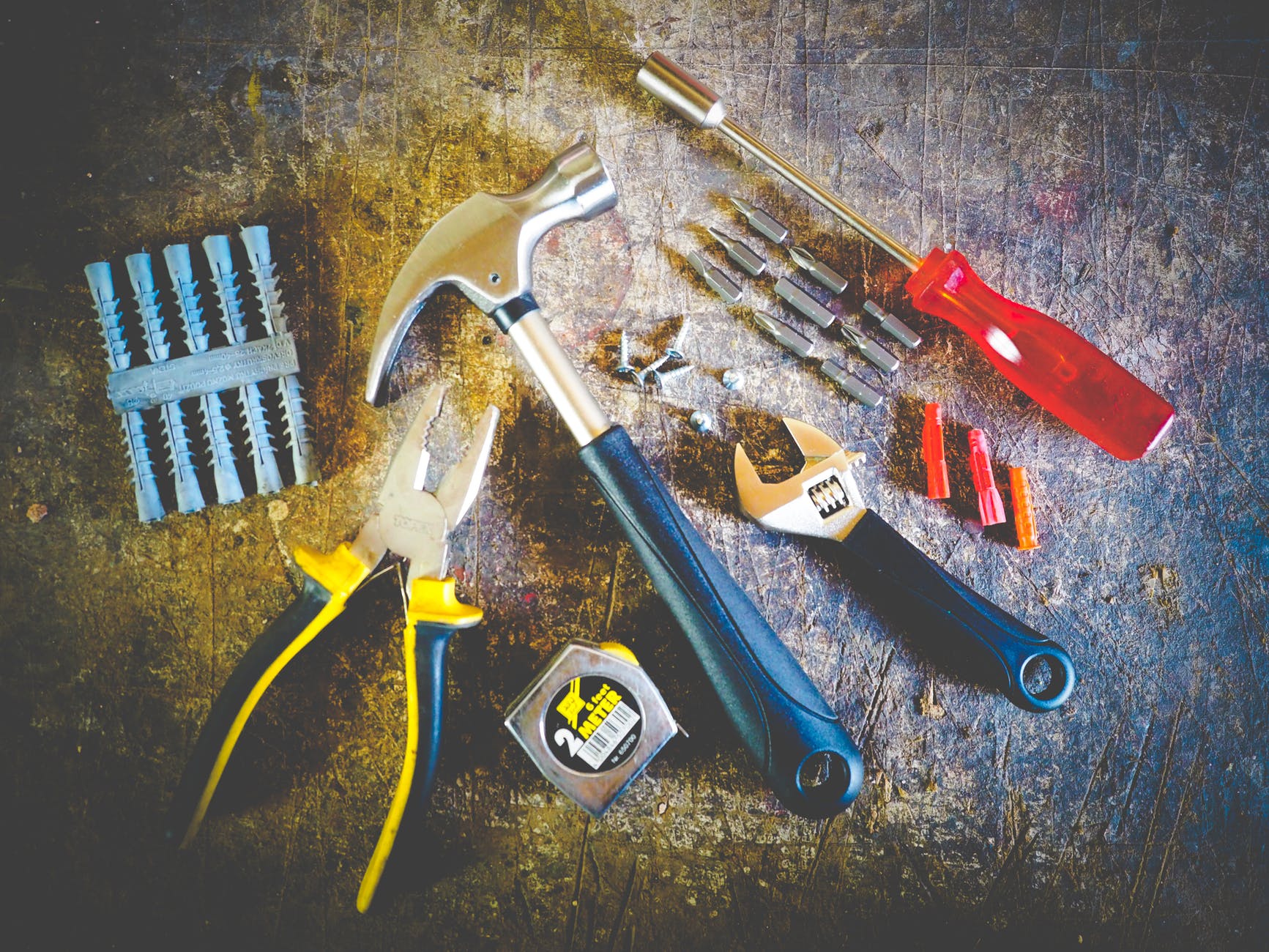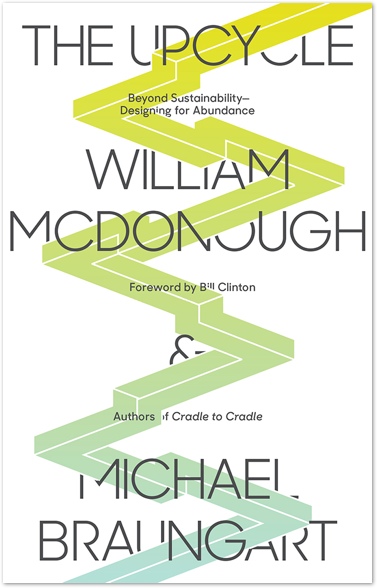
I recently saw several complaints about the preponderance of tree-stuffed glass towers or eco-brutalist structures in solarpunk art. Are trees on buildings the solarpunk equivalent of steampunk’s oft-maligned, “just stick some gears on it?” For an actual regenerative future, we’ll need to keep our buildings in use longer and reuse the materials from them more effectively when they do reach the end of their life.
Construction and demolition (C&D) waste accounts for twice as much of the waste stream here in the United States when compared to municipal waste. While 455 of the 600 million tons of waste were used again, the majority of that went to aggregate, making it a significant case of downcycling. This is not getting us to a closed loop, Cradle-to-Cradle system that we’ll need for our solarpunk future. Deconstruction presents a way out of this mess.

Almost any building, no matter how dilapidated, contains a treasure trove of materials: wood, steel, wiring, and plumbing. Unfortunately, in our cost-obsessed culture, it’s considered too expensive to retrieve these useful materials from the building. Instead, a building will be demolished, either by crane or explosives, and the debris will be hauled away. As we know from municipal recycling programs, once waste is mixed, it is much more difficult to separate. Any material that was still useful will be recovered at a much lower rate than if it had been separated before the building was demolished.
There are places where the careful removal of useful materials from a building is prioritized, like Portland, which passed an ordinance in 2016 to require deconstruction of homes built before 1940. Homes built after this time were not designed in a way to make disassembly simple, so the city is building up its deconstruction apparatus with the low hanging fruit. My impression is that the leader in this space is Japan, where space and materials are always at a premium. Other places in the United States investigating or requiring deconstruction include Pittsburgh, Baltimore, Milwaukee, and San Antonio.

More difficult materials, such as masonry products, present a special difficulty for reuse and recycling. While individual bricks are reusable, extracting them from a wall and removing all the mortar can be painstaking at best. Gabriela Medero, a professor from Scotland, has a possible solution, the K-Briq. Made mostly from construction waste in a process that can be placed onsite at C&D disposal facilities, K-Briq is one possibility for reusing masonry materials.
As more streamlined methods of construction like modular or 3D printed buildings reduce the labor needed for construction, increased deconstruction requirements will lead to an increase in the labor needed for a building’s end of life. While in a solarpunk future, a person’s ability to work wouldn’t be tied to their survival, in our current world, the ability for construction workers to provide for their families is a major concern. The labor unions that can influence the direction of the construction industry are particularly concerned about having enough labor demand for their members. Deconstruction gives us a way for both people and the planet to win.
Do you have deconstruction requirements in your area? I’m especially curious about how this is handled outside the United States, as we often lag behind the rest of the world when it comes to sustainable construction techniques. Please share in the comments!
